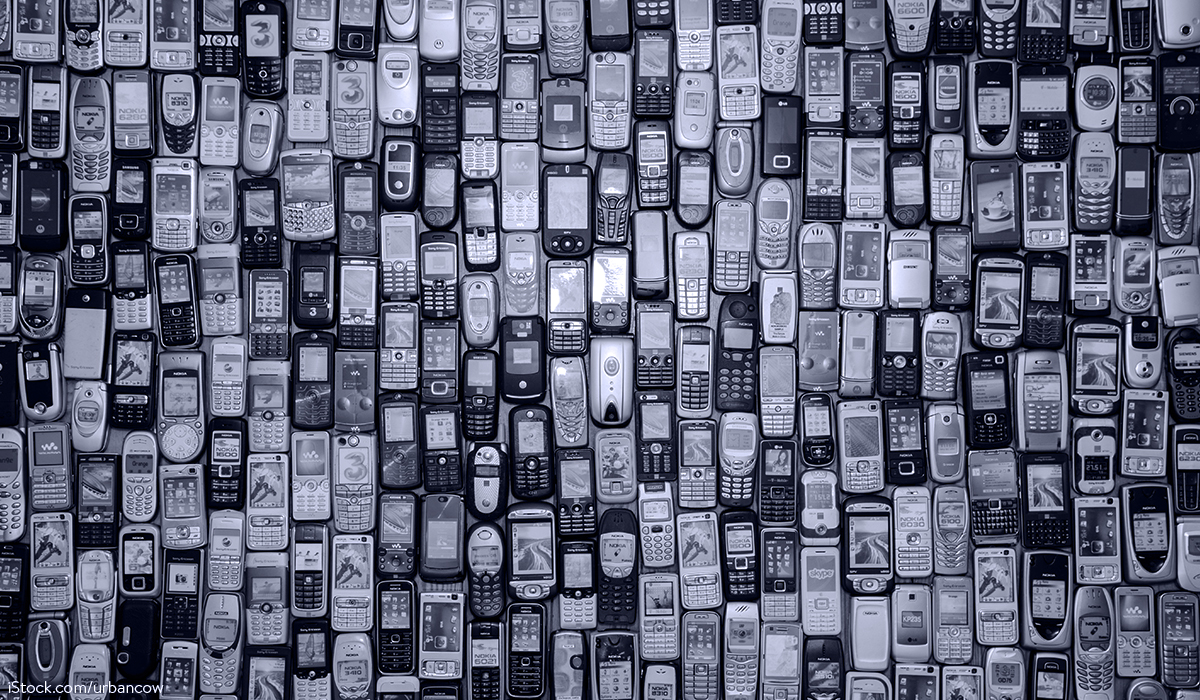As early as 2009, the EU Parliament called for measures to harmonise the charging interfaces available on the market. On the one hand, consumers should be spared having to purchase a multitude of chargers in the future. On the other hand, the measure should contribute to the reduction of electrical waste.
After the Commission subsequently met with representatives of the industry, a reduction from over 30 to only 3 charging interfaces was achieved on a voluntary basis: USB-C, Micro-USB and Lightning (with Micro-USB quickly being displaced by USB-C). However, as manufacturers failed to agree on a single interface in the years that followed, in January 2020 the EU Parliament called on the Commission to take regulatory action, if necessary, and set a single standard for charging interfaces.
The Commission’s proposal, which has now been agreed by stakeholders, essentially provides for the following measures:
- Wired rechargeable radio equipment listed in the new Part I of Annex Ia to Directive 2014/53/EU shall have a USB-C (EN IEC 62680-1-3) type charging interface and, where it requires a voltage of more than 5 volts, a current of more than 3 amperes or a power of more than 15 watts, shall support the USB Power Delivery (IEC 62680-1-2) fast charging protocol (Article 3 (4) of the proposal to amend Directive 2014/53/EU).
- Where an economic operator offers end-users the possibility to purchase radio equipment listed in the new Part I of Annex Ia to Directive 2014/53/EU together with a charger, it shall also grant the end-user the option to purchase the radio equipment without the charger in the packaging. At the same time, the addition of a detachable cable (without a power supply unit) is still permitted (Art. 3a of the proposal to amend Directive 2014/53/EU).
- Finally, information on the charging performance characteristics of the radio equipment as well as the power supply of the charger that can be used with this radio equipment must be provided with the radio equipment (Art. 10 (8) of the proposal to amend Directive 2014/53/EU).
In addition to smartphones, the obligation includes other radio devices with comparable energy consumption, e.g. headsets, portable speakers & tablets (Part I of Annex Ia of the proposal to amend Directive 2014/53/EU). Laptops were newly included.
The new Art. 3 (4) of the proposal to amend Directive 2014/53/EU gives the Commission the power to adopt legal acts in the future in accordance with the respective state of the art, especially with regard to wireless charging interfaces and protocols, in order to be able to continue to ensure harmonisation.
The legislative project is to be rounded off by an adaptation of Regulation (EU) 2019/1782 (laying down ecodesign requirements for external power supplies pursuant to Directive 2009/125/EC [so-called Ecodesign Directive]) by harmonising the technical requirements for power supplies in order to ensure interoperability between manufacturers here as well.
The legal act is to be formally adopted in the second half of the year and must then be implemented after 24 months (Article 2 of the proposal to amend Directive 2014/53/EU), whereby the transition period for laptops has been extended to 40 months. The requirements only apply to radio equipment placed on the market after the date of application of the amended directive.
Do you have any questions about this news, or would you like to discuss it with the author? Please contact: Dr. Gerhard Wiebe







